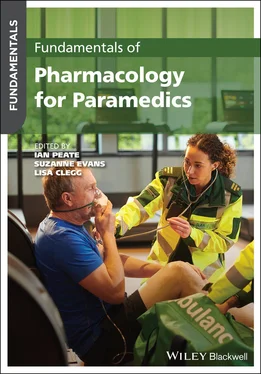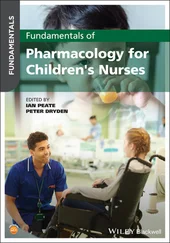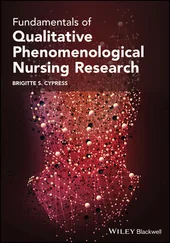Maternity Care (JRCALC Guidelines, section 5)
The notion of two lives scenarios (i.e. mother and baby) presents the paramedic with numerous challenges specific to this area of care. This section begins with an overview of obstetric emergencies and contains chapters that guide the paramedic through the management of a range of maternity‐related presentations. Similarly to the previous sections, paramedics should refer to and check the protocols for each given maternity situation to confirm whether drug therapy is appropriate for a given maternal presentation. After checking the Maternity Care section, further information about dosage or specific drug actions should be sought in the Medicines section (section 7).
Special Situations (JRCALC Guidelines, section 6)
This section contains chapters about specific situations paramedics may encounter and includes information about major, high‐risk and complex incidents such as individuals requiring care interventions but who have been incapacitated by police or other security services. Within this section there are two chapters relating specifically to medicines.
Atropine for CBRNe (chemical, biological, radiological and nuclear explosives).
DuoDote® auto‐injector (atropine combined with pralidoxime).
These two chapters contain information about the presentation, indications, actions, contraindications, cautions and side‐effects of these drugs in relation to organophosphate and nerve agent poisoning.
Table 2.2 Examples of specific trauma emergency conditions and management covered in section 4.
| Abdominal trauma |
Thoracic trauma |
| Head injury |
Falls in older adults |
| Limb trauma |
Burns and scalds |
| Spinal injury and spinal cord injury |
Electrical injuries |
| Major pelvic trauma |
Immersion and drowning |
Medicines (JRCALC Guidelines, section 7)
The Medicines section begins with an overview of medicines and goes on to present more detailed information and particular characteristics about medications which can be administered by registered paramedics, provided they have the correct legal authority (HCPC, 2014; JRCALC, 2019a). Chapter 3of this text discuses legal and ethical issues further.
Individual ambulance trusts across the UK may have variations to their local protocols and Patient Group Directives (PGDs), meaning that not all medicines listed in the JRCALC Guidelines are necessarily given by all registered paramedics across counties or countries within the UK. Paramedics should be cognisant of such variations in local protocols and check with their employing ambulance service to find out which medicines can be administered by paramedics in their local ambulance trust region.
It is important for paramedics to note that PGDs are also available for drugs which are not in the JRCALC Guidelines. This means in some situations a paramedic may find themselves administering a drug which is not listed in the reference book. In such cases, the PGD will provide guidance on the administration of these medicines specific to the local ambulance service protocols.
The Medicines section is split into a short introductory chapter called Medicines Overview, a separate chapter for each medicine listed and finally a ‘Page for Age’ section. The introductory chapter contains general information for paramedics about medicines, including safety aspects, prescribing terms, drug routes and paediatric doses. All paramedics should make themselves familiar with the information in this chapter before administering any drugs in practice.
Each specific medicine chapter contains detailed information about the presentation of the medicine, its mechanism of action, indications, contraindications, cautions and a table detailing dosage and administration across the age span. All chapters have a similar layout with the specific drug dosage and administration technique featured in a table. This pragmatic layout allows paramedics to quickly access pertinent drug information in an emergency situation (see Figure 2.2). Before administering a drug in practice, paramedics should always refer to the JRCALC Guidelines page specific to that drug to ensure correct administration.
The JRCALC Pocket Book and digital app, section 2.6, also contain this information. This enables paramedics to quickly and easily check medicines administration information in practice/on the road.
Be alert and aware of the common factors associated with the selection and administration of drugs. In this example you should locate the medication dexamethasone in the JRCALC Guidelines.
What are the indications for this drug?
Are there any contraindications for this drug?
What are the cautions associated with this drug?
Are there any side‐effects associated with this medication?
What is the presentation of this drug?
What is the route of administration and are there any recommendations related to its administration?
Refer to JRCALC Clinical Guidelines (2019), pp. 317, 540, 563‐564.

Figure 2.2 Example of how specific drug (aspirin) information is presented within the JRCALC Medications section.
Source: Reproduced with permission from JRCALC Guidelines (2019a).
Page for Age (JRCALC Guidelines, no section number allocated)
The ‘Page for Age’ is the last section of text within the Guidelines and has no specific section indicator. This section follows on from the Medicines section (section 7). The pages provide a quick and easy way for paramedics to access key information relating to paediatric patients aged from birth to 11 years. All the information is tabulated and each page is laid out in a logical and straightforward way, making it easy to use in an emergency situation. The tables contain information specific to patients of a particular age group and include normal vital signs, airway device sizing, intravascular fluid doses, drugs for cardiac arrest and the other JRCALC Guidelines.
The drug tables have information about the route, dose, concentration and volume specific to an age group, and provide an easy reference guide for use in practice. Paramedics should note that the Page for Age section does not contain information about indications, contraindications and cautions for a given drug, and these should be double‐checked for each patient in the appropriate page of the Medicines section (section 7) before administering any drug (see Figure 2.3).
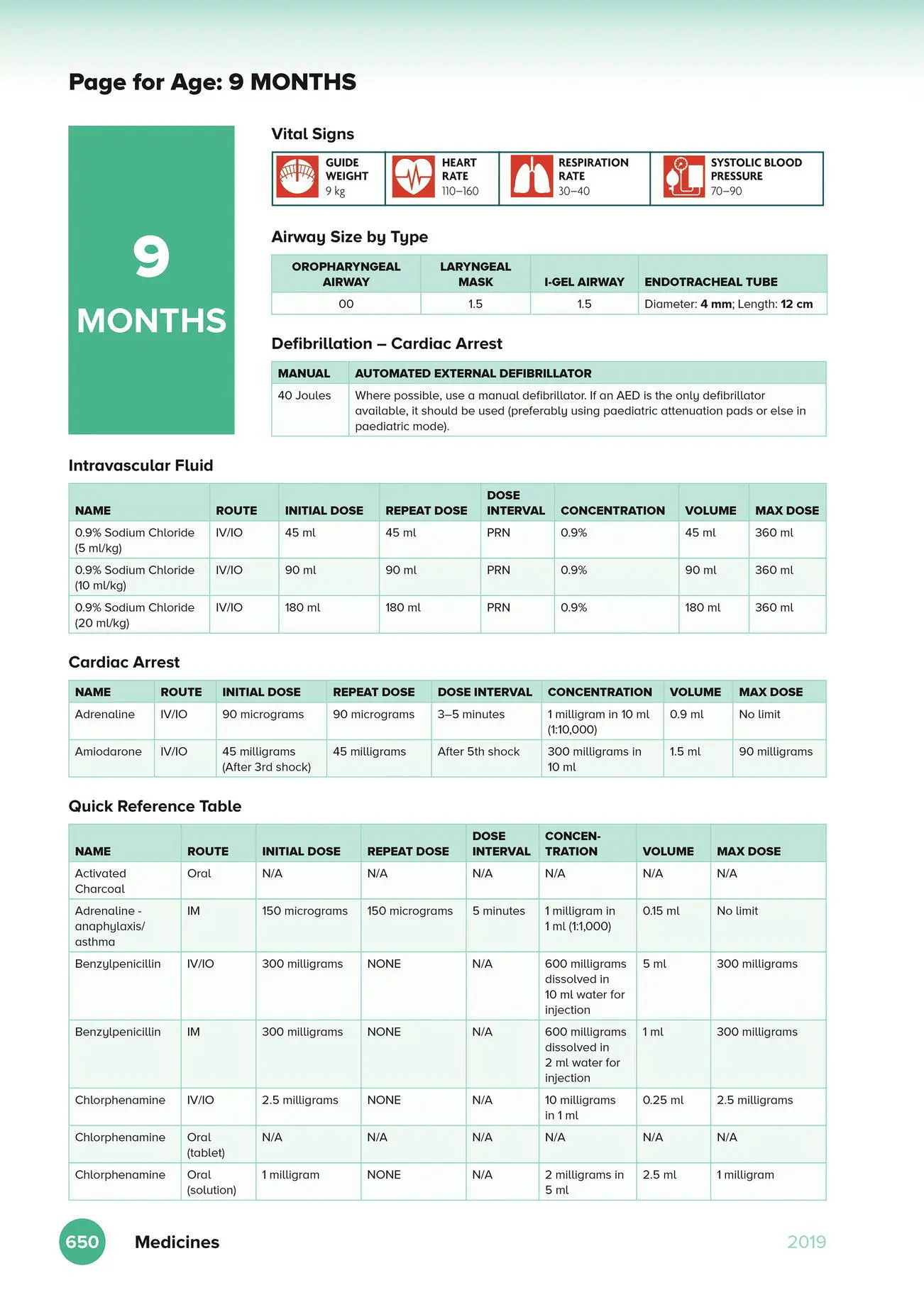
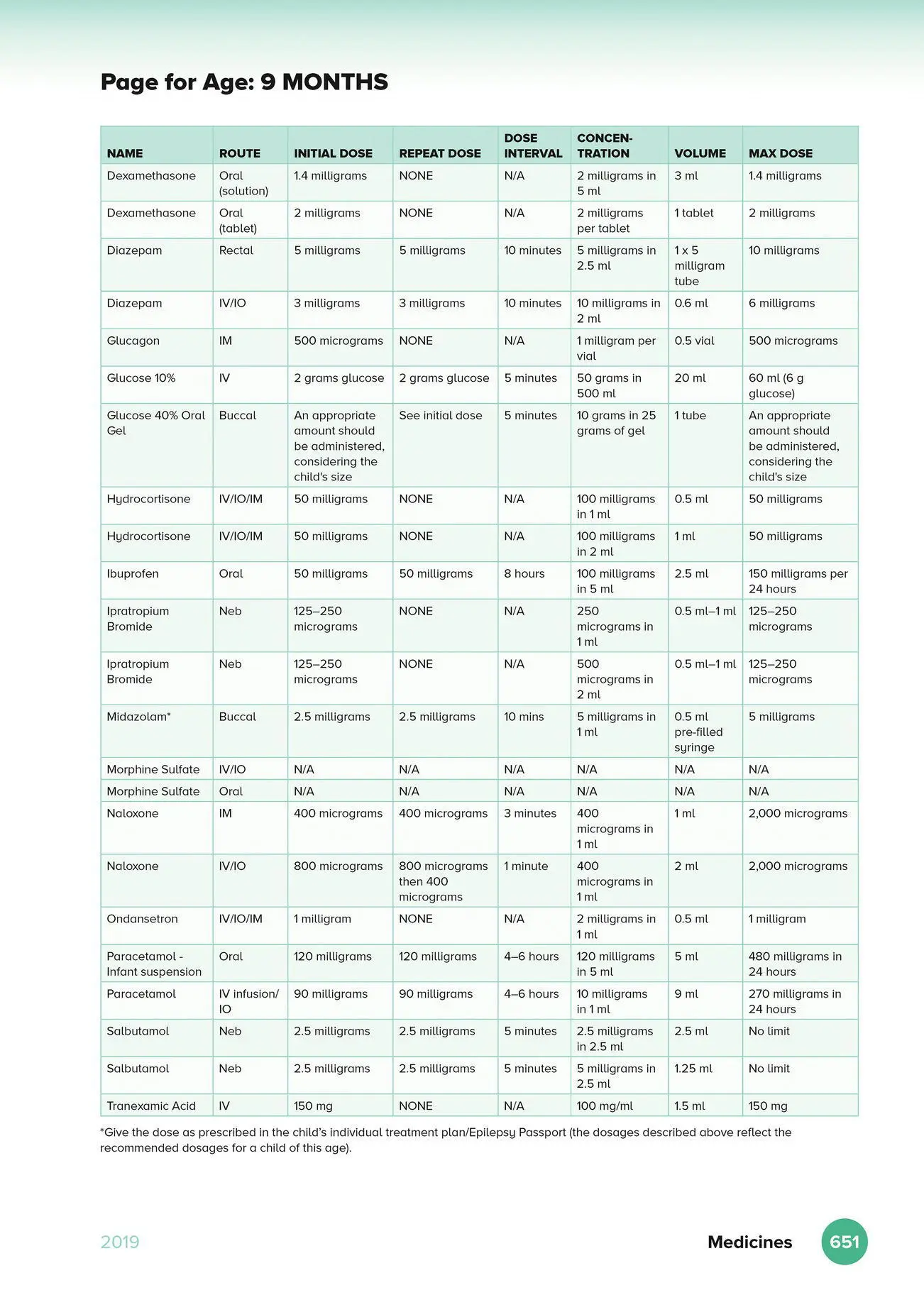
Figure 2.3 Page for Age section.
Source: Reproduced with permission from JRCALC Guidelines (2019a).
Take some time to reflect on your reading and think about the following questions.
How many sections of the main JRCALC Guidelines are there?
At the end of which section does the Page for Age information appear?
How many chapters are there in the Maternity Care section? In which section of the JRCLAC Guidelines would you find information about specific trauma emergencies?
Читать дальше
